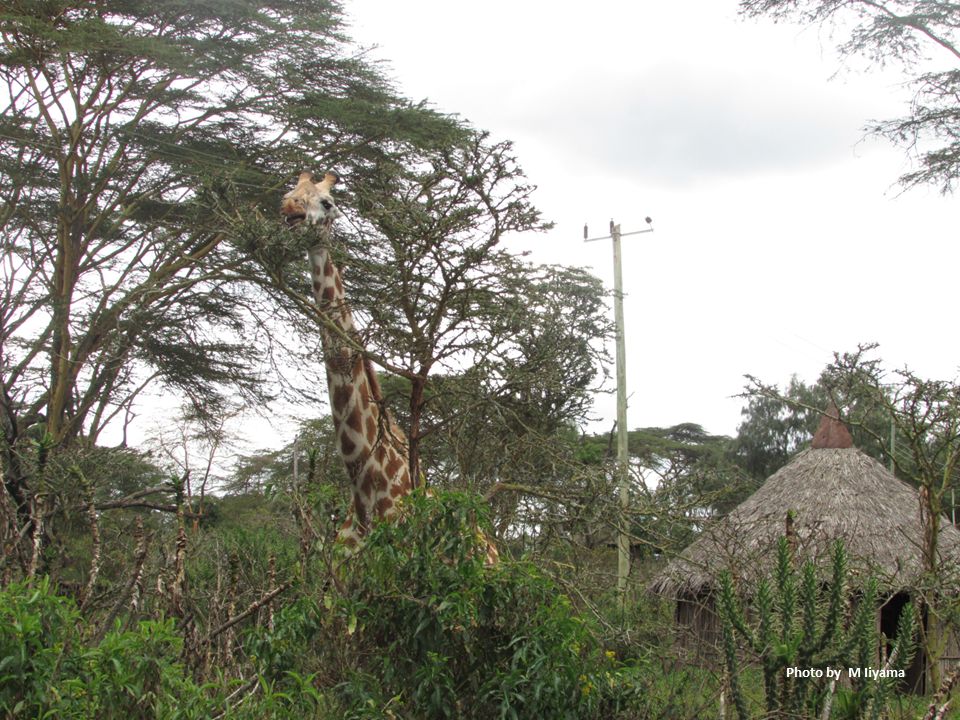Pick Up
1231. Impacts of Anthropogenic Activities on Biodiversity

1231. Impacts of Anthropogenic Activities on Biodiversity
Biodiversity changes pose significant threats to human societies from local to global scales, highlighting the urgent need to understand the impacts of anthropogenic activities on ecosystems. This includes changes in species composition among biological communities across regions, and increases or decreases in similarity between communities (homogenization and differentiation, respectively). However, despite decades of accumulating evidence of anthropogenic impacts on biodiversity, the failure to identify their specific effects and causes has hindered appropriate actions and mitigation strategies.
The paper published in Nature comprehensively quantified the impact of five major anthropogenic pressures (i.e., land use change, resource exploitation, pollution, climate change, and invasive species) on biodiversity across various spatial scales, from local to global. The global dataset of 2,133 published studies includes all major groups of organisms (plants, tetrapods, fish, insects, microbes, and fungi) and represents the major biomes of the Earth (marine, freshwater, and terrestrial). It then assessed whether anthropogenically influenced sites are more similar to each other (homogenization) or different (differentiation) than reference sites, and also examined changes in species composition.
Human pressures tend to homogenize communities at larger scales and differentiate communities at smaller scales. The fact that regional studies show biotic differentiation can be explained by finer sampling granularity and better characterization of communities at small spatial scales, which may make biotic differentiation more evident.
In contrast, and consistent with general expectations, the authors found clear shifts in community composition in response to human pressures. Such large changes can be directly and consistently associated with habitat alterations where certain species benefit at the expense of others. Notably, all five types of anthropogenic pressures (land-use change, resource exploitation, pollution, climate change, and invasive species) were found to significantly alter the composition of biological communities.
Overall, it found clear evidence of lower local diversity in sites affected by anthropogenic pressures. It is the largest organisms that experience the strongest negative effects on local diversity. As there is an intrinsic link between population size and local extinction risk, the authors speculate that the recent declines reported in vertebrate populations may be a manifestation of these pressures.
Finally, the paper's findings show that there is a link between changes in local diversity and shifts in the composition and homogenization of biological communities across space. The direct dependencies between changes in local diversity, changes in composition, and homogenization are not only consistent with theoretical predictions, but also support the negative effects of human pressures and their specific impacts on different aspects of biodiversity.
Bending the curve of contemporary biodiversity loss and change is one of the greatest challenges facing society. This comprehensive analysis provides new and highly detailed information on the state of available knowledge on human impacts on biodiversity, which will be useful in developing and evaluating future conservation strategies.
(Reference)
Keck, F., Peller, T., Alther, R. et al. The global human impact on biodiversity. Nature (2025). https://doi.org/10.1038/s41586-025-08752-2
Contributor: IIYAMA Miyuki, Information Program
